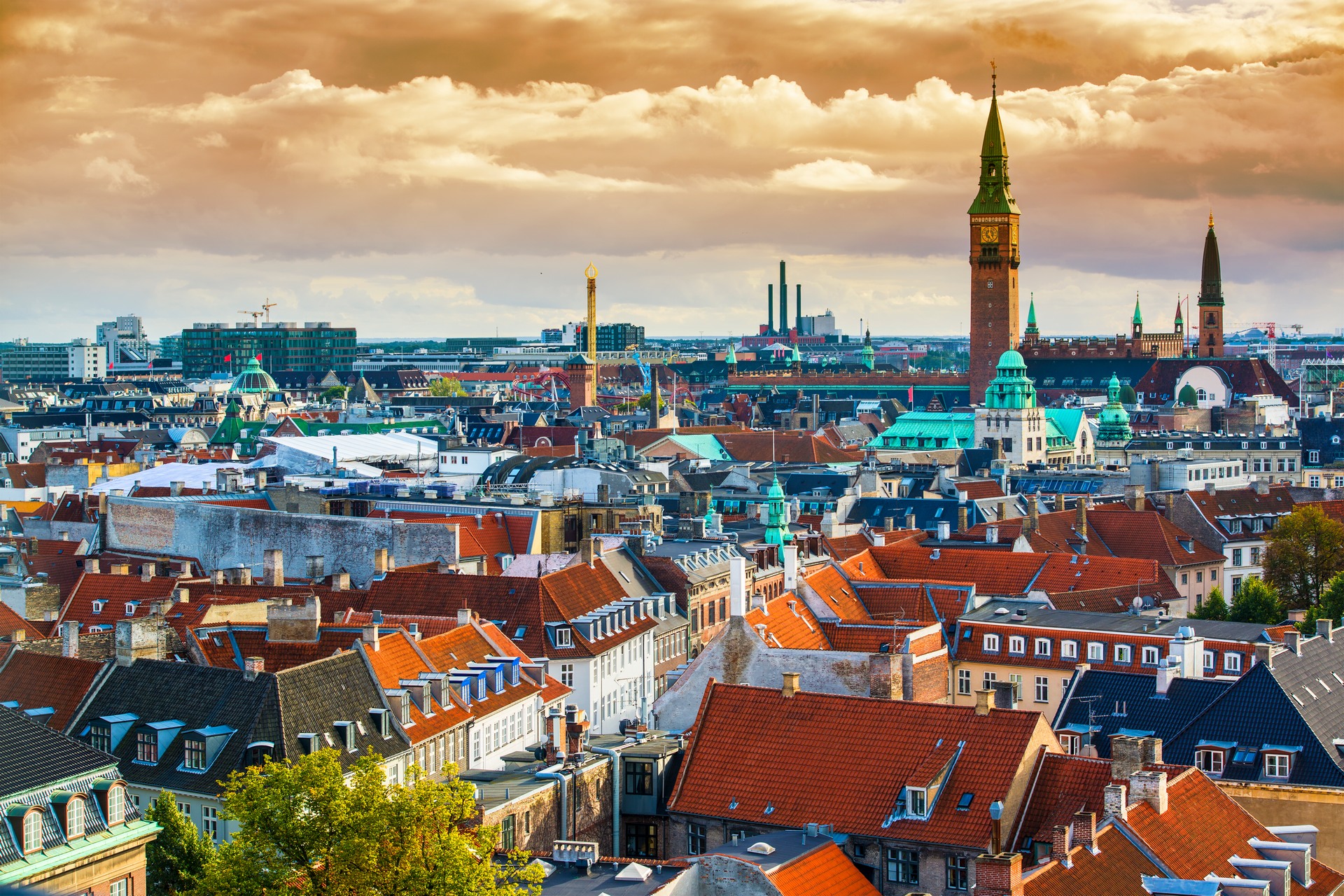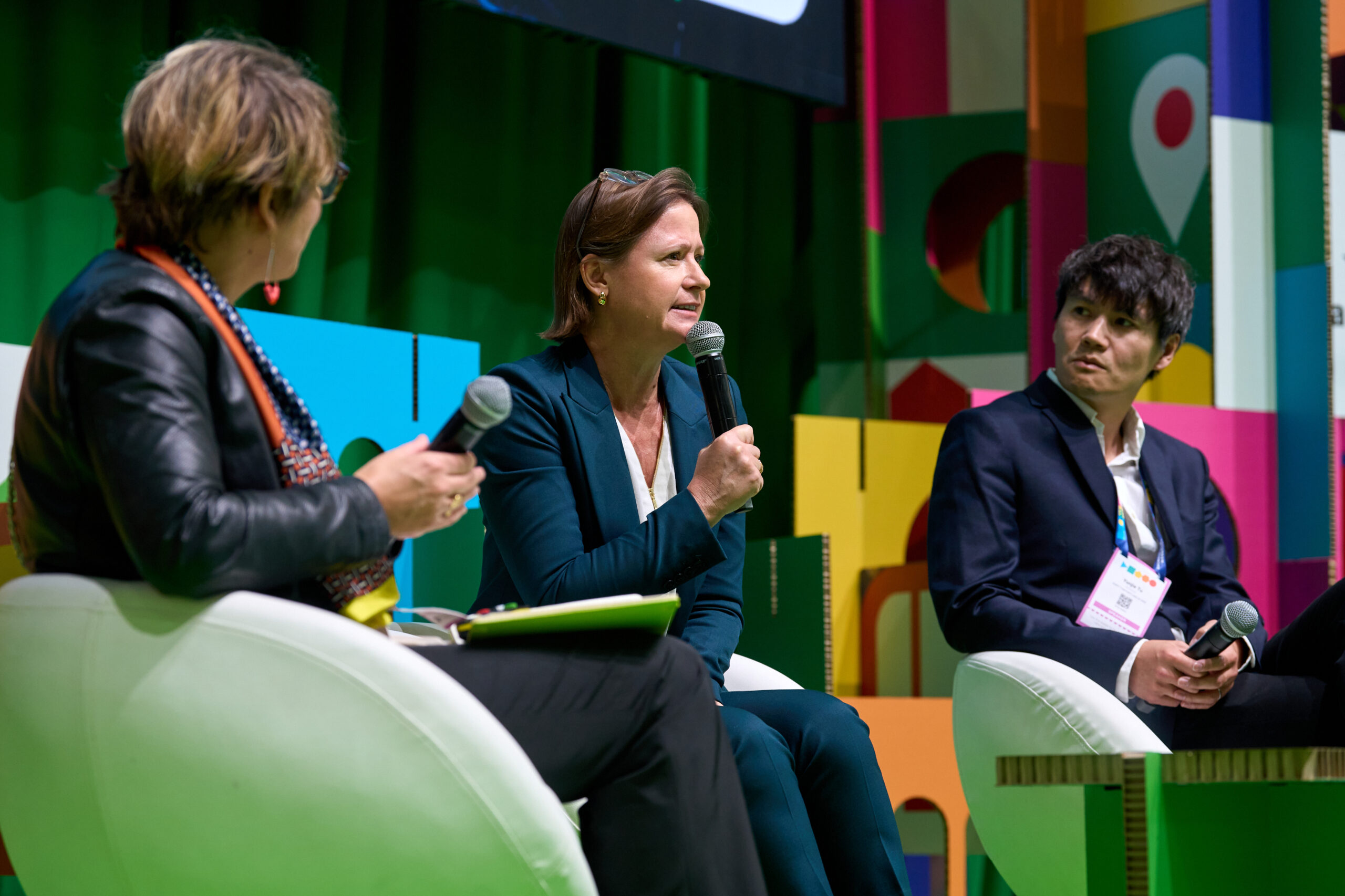Author | Jaime Ramos
The city of Copenhagen was founded in 1160, when it was created two cover two functions: to act as an emerging trade hub and, in turn, a fortress to protect the Danish maritime trade and shipping.
860 years later, the Danish capital is a leading model of urban sustainability. Cited as an exemplary city on countless occasions, experts coincide in considering it the world’s greenest city. A title it was officially awarded in 2017, when the C40 group of cities recognized its urban ecology.
Copenhagen has maintained a strategy focused on adapting public spaces, fostering renewable energies and the rationalization of cleaner mobility. The authorities intend to neutralize 100% of the city’s polluting emissions by 2025, while taking into account that its urban population of 1.3 million will increase by 20%.
Why is Denmark the greenest country?

One has to go back decades to understand the city’s position of leadership in the global green economy. Denmark’s environmental policies have been a key element. In 1973, coinciding with the Oil Crisis, the country was 100% dependent on fossil fuels.
That is when Denmark changed its priorities, seeking an economic opportunity within the energy sector. Denmark’s Public-Private Partnership (PPP), State of Green, boasts about the benefits of these achievements: since 1980, the country’s GDP has increased by 100 per cent, while energy consumption has only increased by 6% and water consumption has decreased by 40%.
These global figures support the theory that economic growth is possible by reducing energy consumption through Green Business. The wealth generated by the country has served to confirm its policies, by transmitting and involving the public in these policies. There is a custom of legislative consensus that has resulted in great speed in applying sustainable solutions.
Today, more than 30% of Denmark’s energy requirements come from renewables, and it expects to reach 50% by 2030 and achieve energy independence by 2050. A considerable part of this energy sustainability is from biofuels and waste management.
Why is Copenhagen so green?
This commitment to sustainability (originally for economic reasons) has been transferred to the urban dynamics of Copenhagen. There are specific interwoven areas that explain what has been achieved.
Bicycles: the most common mode of transport

Years back, electric car enthusiasts were asking themselves why, unlike in other neighboring countries, the sale of plug-in models was not increasing at the same rate.
It is not that the city was not supporting electric vehicles as a sustainable solution; it is that, directly, a vast majority of citizens do not need a car. In 2016, there were 675,000 bicycles and just 120,000 cars on the streets of Copenhagen.
Around 62% of the city’s residents commute to work or school by bike and almost one third of all journeys across the city are done with this mode of transport. The aim is to reach 50% by 2050.
To do so, the authorities have particularly focused on certain parameters that are ignored in other countries. Such as the percentage of citizens that feel safe using bicycles as a mode of transport. The figure exceeds 76%. This marker is indicative of another: the deployment and financing of cycling infrastructures.
According to data obtained from the administrations and published by the European Commission, over 2 billion Danish kroner (around 270 million euros) have been invested in cycling-related initiatives and infrastructures since 2004. A quarter of this financing is from the public sector.
Use of renewables
The mass use of bicycles has an impact on air quality. However, transport is not the only culprit for emissions. It is estimated that 66% of the city’s CO2 emissions are from energy consumption.
To continue with the record drop in emissions and reach the national emissions target, the city has drawn up a climate plan focusing on four pillars:
- Energy consumption.
- Energy production.
- Mobility.
- City administration initiatives.

The aim in these four years is to invest in wind and solar energy. The HOFOR plant, which supplies the city, expects to increase its capacity to reach 460 MW by 2025.
Equally relevant is the collaboration between water and power suppliers. It has enabled treatment facilities such as Amager Bakke, to use waste for the production of clean energy and give a unique boost to biomass.
Monitoring and Big Data
Energy optimization is not just about innovating with cleaner sources, but also rationalization. Along this line, the city seeks to apply latest large-scale data analysis technologies.
In recent years, the city’s urban development and energy departments have been collaborating to establish and efficient and centralized energy monitoring instrument in the city. The aim is to save 25% in energy and water consumption in all public buildings.
Based on data collected in 2016, the project has proven its potential. The initiatives undertaken this year in heating systems managed to reduce carbon dioxide by 332 tons and 379 tons of sulfur dioxide and nitrogen oxides associated with energy consumption.
Redesigning public spaces and smart urban planning

One of the most visible assignments in which Copenhagen achieves excellence is in the area of urban design. Since 2010, regulations require all newly-constructed buildings to incorporate green roofs.
These roofs not only prevent the artificial aspects of metal and bricks in major cities, but they also help absorb particle pollution and they are connected to the water supply with rainwater catchment systems absorbing 80 % of the abundant rainfall.
The statement that Copenhagen is the greenest city in the world is also quite literal. The capital is a fine example of how public spaces should be designed for people and not the other way round.
Around a quarter of the urban area of Copenhagen is made up of green spaces. That is, parks, lakes, coast or natural areas. Each citizen has on average 42.4 square meters at his or her disposal. This trend culminates with initiatives illustrating creative urban design, such as its famous ‘parkipelagos‘.
Is Denmark the ideal environmental setting?

All of these have been essential driving forces behind Copenhagen establishing its own route towards sustainability. However, the city’s green factor has flourished, creating a more than favorable scenario.
We have mentioned that the country’s public policies and economic priorities facilitated an ideal environmental situation decades ago. The fact that the Danish capital did not start with a particularly vast population, and/or with large discriminations in the distribution of space and urban wealth, have also been contributing factors.
The challenge is to redirect the strategy of a relatively small city such as the Danish capital to other macro-cities located at quite different latitudes. Denmark can teach us that sustainability is not all about opting for a total transition, but rather the use and rationalization of existing resources, even in small territories.
Images | iStock/SeanPavonePhoto, iStock/william87, iStock/frankix, iStock/Gustavo Muñoz Soriano, iStock/Zastavkin, iStock/Pel_1971






















































